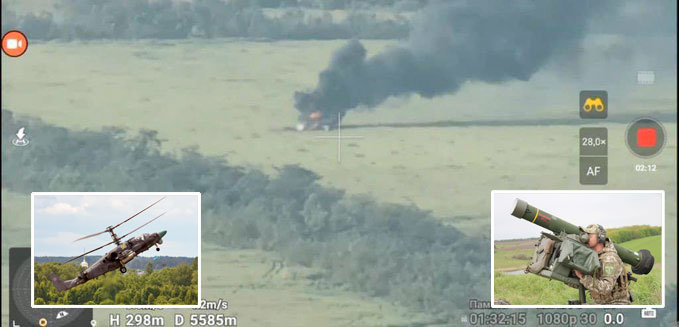This is the life expectancy of the Coronavirus, according to a study conducted by the Istituto Superiore di Sanità also known as the ISS.
Since the scientific community has not yet managed to give clear and definite answers on how this epidemic-pandemic was born and how it spreads in the air (beyond the known method of contagion, due to the droplet effect) scientists are looking into the life span of the Sars-Cov-2 infectious virus.
And the ISS published a report noting that Covid-19 “can be detected for up to seven days at 22 degrees, or up to one day if the temperature is 37 degrees centigrade”.
The ISS is therefore moderately optimistic in view of the arrival of summer and the increase in temperatures, that the Coronavirus would suffer. That said, however, even at temperatures that reach 40 degrees, the pathogenic agent would still be able to survive for several hours – up to 24 hours or one day, enough time to infect individuals.
The analysis carried out by ISS experts, as reported by Il Messaggero, an Italian newspaper, recorded how Sars-Cov-2 does not withstand high temperatures, such as those found in the preparation of food, “a behavior similar to that of other Coronaviruses such as SARS and MERS, since it is not possible to detect an infectious virus after 30 minutes at 56° C and after 5 minutes at 70° C”. Therefore, cooked foods cannot be carriers of the infection.
Another extremely interesting and important aspect of the study is that related to the ability of the virus to survive depending on the surface. Here, the ISS researchers noted that it would be able to withstand even one week on the external tissue of the surgical masks (which is why one must never touch the external surface and always change them after use).
But that’s not all, since the Coronavirus “is detected for periods of less than three hours on paper (printing and tissues), up to one day on wood and fabrics, two days on glass, and for longer periods (4 days) on smooth surfaces such as steel and plastic”.
They also warn: “Up to four hours on copper, 24 hours on cardboard and two-three days on plastic and steel”.
Last but not least, the data relating to gels and disinfectant solutions show that they work effectively against Sara-Cov-2: “It is deactivated after five minutes of exposure to common disinfectants such as solutions based on 0,1 percent chlorine, 70 percent ethanol or other disinfectants such as 0,05 percent chlorhexidine and 0,1 percent benzalkonium chloride”.













No comments.
By submitting a comment you grant Free West Media a perpetual license to reproduce your words and name/web site in attribution. Inappropriate and irrelevant comments will be removed at an admin’s discretion. Your email is used for verification purposes only, it will never be shared.